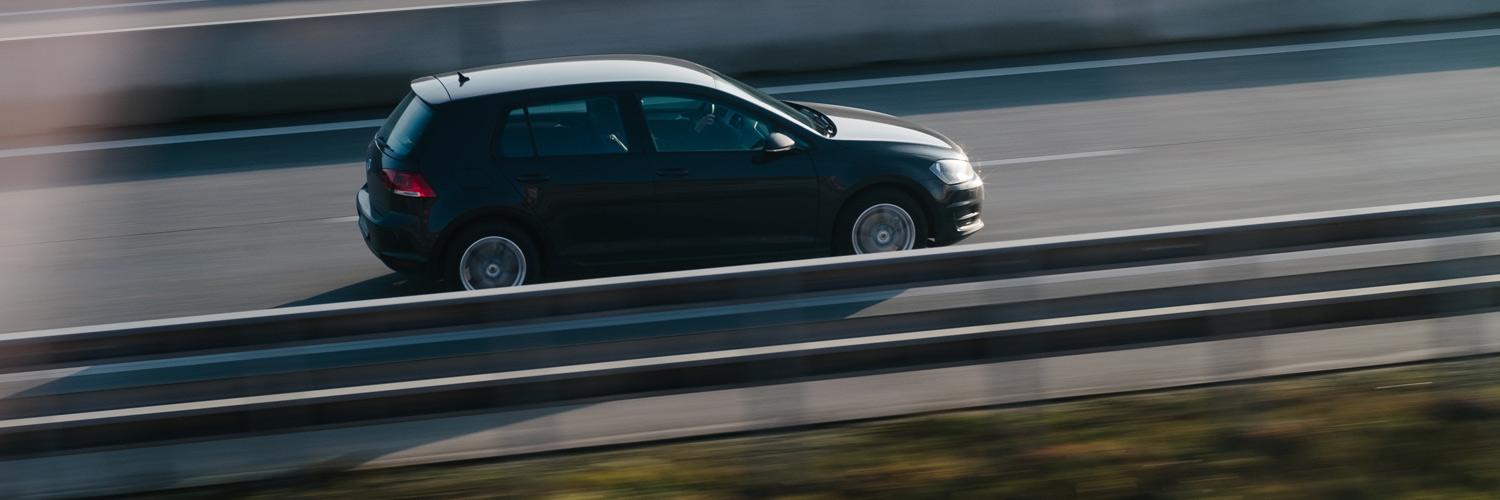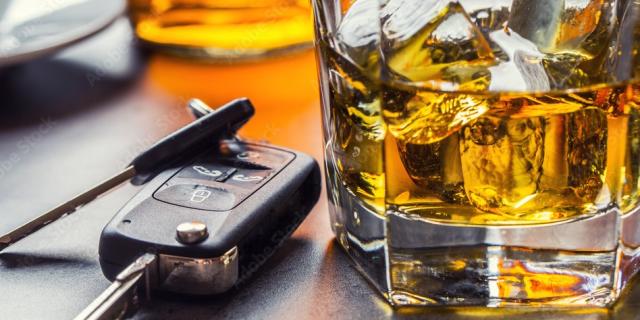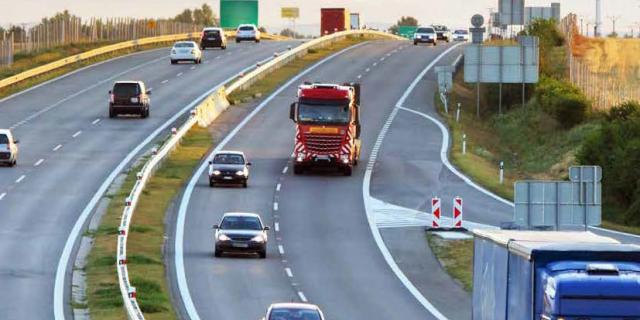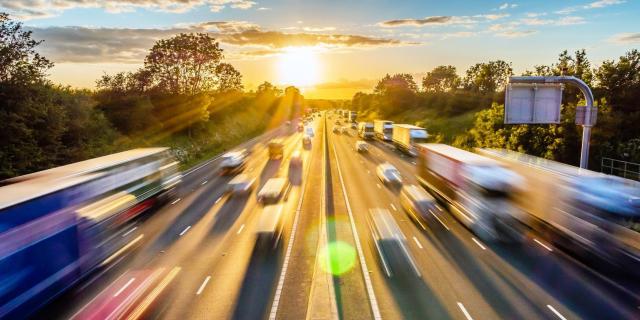Driver tips
31 Aug 2018
- Watch the pressure
Not only are correctly inflated tyres safer and longer lasting, they also reduce road resistance which means greater fuel efficiency. Over time tyres naturally leak air so regular checks are important. Consult your handbook for the correct pressures (and increase pressures for heavy loads as recommended). - Smoothly does it
Save money by adopting a smooth driving style – accelerating and braking gently will improve fuel consumption. - Anticipate the road ahead and take your foot off the accelerator earlier giving your brakes less work to do. - Leave sufficient distance between yourself and the car in front to give yourself adequate space to anticipate and react to traffic movements ahead. - Plan your journey
Plan the most efficient route making use of your sat nav (or a map) to avoid getting lost and driving further than necessary. Before you leave; check the traffic news to avoid any traffic black spots. If you are able to control your journey time try to avoid peak travel times. - Lose weight
An empty car will use less fuel than one full of equipment. Every extra kg matters and will affect your fuel efficiency. Keep your boot clear of anything that you don’t need for your journey. - Keep in shape
Keep your vehicle in good shape and follow your manufacturer’s guide to service and maintenance. A poorly maintained car or van invariably uses more fuel. - Stay streamlined
Roof-racks and boxes add wind resistance and so increase fuel consumption. If you’re not using it, take it off. If you do need to transport bulky items, pack carefully to reduce drag and consider using a trailer. - Know your limits
The faster you drive the more fuel you consume. Speed limits help to reduce your fuel consumption as well as maintain safety. At motorway speeds a 10mph difference can use 25% more fuel. - Make the change
Change to a higher gear as soon as possible to save your engine from labouring. If you have one watch your gear shift indicator and change up at the most efficient points. You should aim to be in 4th or 5th gear by the time you reach 30mph. - Open up
At low speeds it is more efficient to drive with the windows open than use your air conditioning. Save your air-conditioning for higher speeds when the effects are less noticeable. - Turn it off
In addition to your air conditioning; all electrical loads can put a strain on your engine and burn more fuel. If they are not needed switch off heated windscreens, demisters and headlights.
To idle or not to idle
Many cars now have automatic stop start systems that switch off the engine when you stop. They have several important features that ensure this process is efficient and may be configured not to turn off in certain conditions. However if you do not have this technology on your car as a general rule:
- For a warm car on a warm day in daylight conditions turning the engine off for a wait of 1 minute or more will probably save fuel.
- For a cold engine in cold weather or with additional electrical loads the stationary period needs to be longer to see a benefit.
However, if you have a diesel engine it should not be turned off during Diesel Particulate Filter (DPF) regeneration (as indicated by a dashboard warning light). Failed DPF regenerations causes oil dilution and blocked DPFs which can lead to costly repairs and time off the road.




